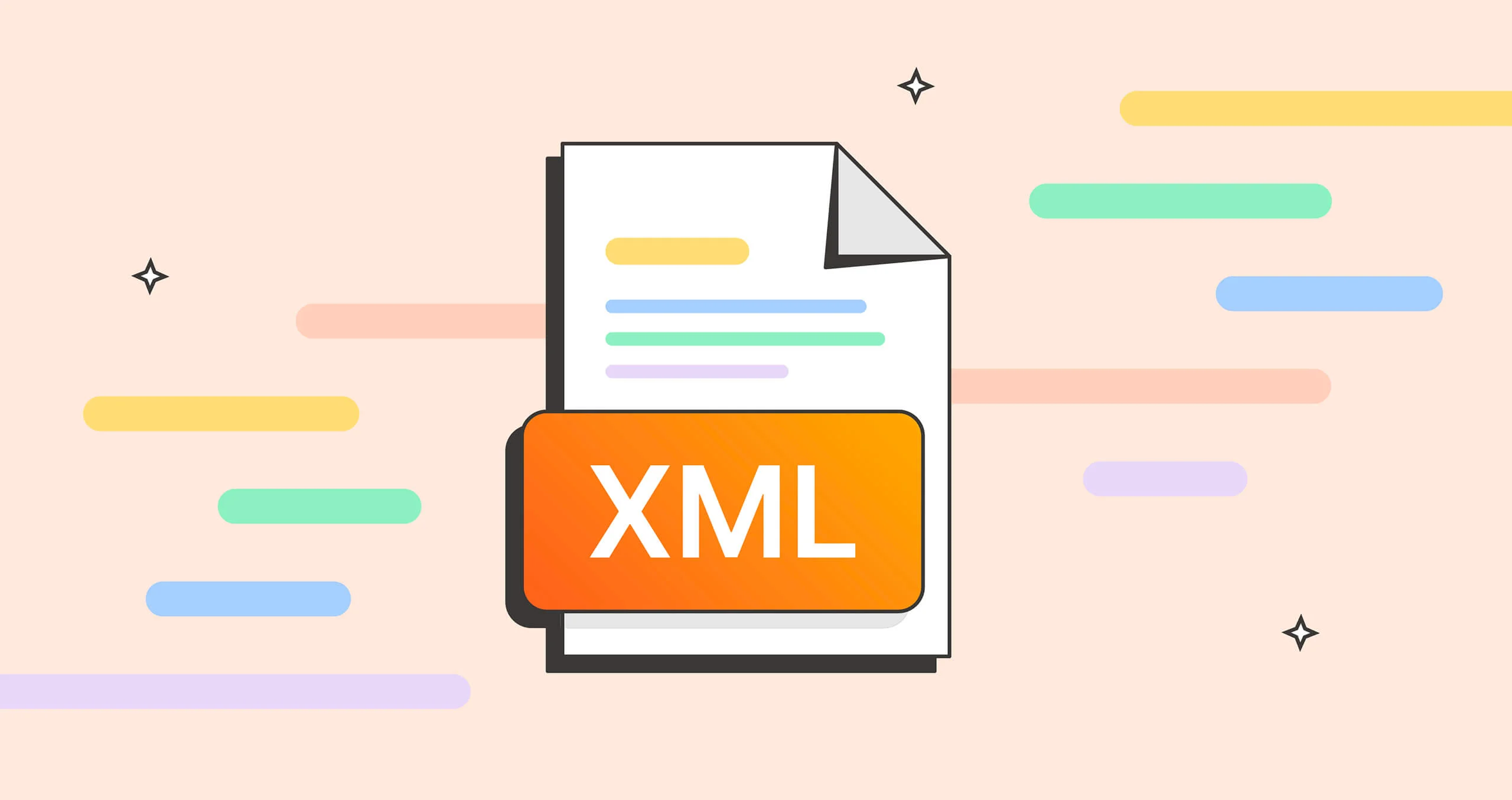How to Scrape Website Data and Create an RSS Feed from It
Sep 19, 2025 am 02:16 AMCheck legal considerations by reviewing robots.txt and Terms of Service, avoid server overload, and use data responsibly. 2. Use tools like Python’s requests, BeautifulSoup, and feedgen to fetch, parse, and generate RSS feeds. 3. Scrape article data by identifying HTML elements with DevTools and extracting titles and links. 4. Generate a valid RSS feed in XML format using feedgen and save it to a file. 5. Automate the script with cron or cloud services and host the feed.xml publicly via GitHub Pages or a web server. 6. For JavaScript-heavy sites, use Playwright or Selenium to render content before parsing. 7. Maintain the feed by adding publication dates, attributing sources, and monitoring for site structure changes. The process involves fetching, extracting, and formatting data responsibly to create a functional RSS feed from non-RSS websites, ensuring compliance and sustainability, and ends with a working, updatable RSS feed accessible to any reader.

Scraping website data and turning it into an RSS feed is a powerful way to track updates from sites that don’t offer built-in feeds. While it requires some technical know-how, the process isn’t overly complex once you understand the steps. Here’s how to do it effectively and responsibly.

1. Understand the Basics and Legal Considerations
Before scraping any site:
-
Check the
robots.txtfile (e.g.,https://example.com/robots.txt) to see if scraping is allowed. - Review the site’s Terms of Service — some explicitly prohibit scraping.
- Don’t overload servers — add delays between requests.
- Use scraping for personal or fair-use purposes, not for redistributing content you don’t own.
RSS (Really Simple Syndication) is a standardized XML format used to publish frequently updated content. You’ll be converting scraped data into this format.

2. Choose the Right Tools
You’ll need tools to:
- Fetch web pages
- Extract data
- Generate an RSS feed
Popular options:
-
Python with libraries like:
-
requestsorhttpx– to download pages -
BeautifulSouporlxml– to parse HTML -
feedgenor manual XML writing – to create RSS
-
-
Alternative tools: Node.js (
puppeteer,cheerio), or no-code tools like ParseHub or Apify, though they’re less flexible.
For this guide, we’ll use Python.
3. Scrape the Website Data
Let’s say you want to create an RSS feed for a blog that lists articles on its homepage.
Example: Scrape article titles and links
import requests
from bs4 import BeautifulSoup
from urllib.parse import urljoin
url = "https://example-blog.com"
headers = {
"User-Agent": "RSS Bot - Contact me@youremail.com"
}
response = requests.get(url, headers=headers)
soup = BeautifulSoup(response.text, 'html.parser')
# Find article links (adjust selector based on site)
articles = []
for item in soup.select('h2 a[href]'): # common pattern
title = item.get_text(strip=True)
link = urljoin(url, item['href'])
articles.append({'title': title, 'link': link})? Tip: Use browser DevTools (F12) to inspect the HTML and find reliable selectors.
4. Generate an RSS Feed
Install feedgen:
pip install feedgen
Now generate the feed:
from feedgen.feed import FeedGenerator
fg = FeedGenerator()
fg.title('Scraped Blog Feed')
fg.link()
fg.description('RSS feed generated from scraped data')
for article in articles:
fe = fg.add_entry()
fe.title(article['title'])
fe.link(href=article['link'])
# Output RSS as string
rss_feed = fg.rss_str(pretty=True)
# Save to file
with open('feed.xml', 'w') as f:
f.write(rss_feed.decode('utf-8'))Now you have a valid feed.xml file that any RSS reader can subscribe to.
5. Automate and Host the Feed
To keep the feed updated:
- Run the script periodically using cron (Linux/Mac) or Task Scheduler (Windows).
- Or use a cloud function (e.g., GitHub Actions, Google Cloud Functions, Railway, or PythonAnywhere) to run it daily.
Host the feed.xml file where it’s publicly accessible:
- GitHub Pages
- A simple web server
- Dropbox/Public folder link (if supported)
Then share the URL like: https://yourdomain.com/feed.xml
Bonus: Handle Dynamic Content
If the site uses JavaScript to load content (e.g., React, infinite scroll), requests won’t work. Use:
seleniumplaywrightpuppeteer(Node.js)
Example with Playwright (Python):
pip install playwright playwright install
from playwright.sync_api import sync_playwright
with sync_playwright() as p:
browser = p.chromium.launch()
page = browser.new_page()
page.goto("https://example-blog.com")
content = page.content()
browser.close()
# Then parse with BeautifulSoup as before
soup = BeautifulSoup(content, 'html.parser')Final Notes
- Always attribute content and link back to the original.
- Add
pubDateto RSS entries if you can extract publish dates. - Monitor changes in site structure — your scraper may break if the HTML changes.
Basically, it’s a three-step process: fetch → extract → format. Once set up, you can track almost any site via RSS, even if it doesn’t provide one.
Not magic — just code and care.
The above is the detailed content of How to Scrape Website Data and Create an RSS Feed from It. For more information, please follow other related articles on the PHP Chinese website!

Hot AI Tools

Undress AI Tool
Undress images for free

Undresser.AI Undress
AI-powered app for creating realistic nude photos

AI Clothes Remover
Online AI tool for removing clothes from photos.

ArtGPT
AI image generator for creative art from text prompts.

Stock Market GPT
AI powered investment research for smarter decisions

Hot Article

Hot Tools

Notepad++7.3.1
Easy-to-use and free code editor

SublimeText3 Chinese version
Chinese version, very easy to use

Zend Studio 13.0.1
Powerful PHP integrated development environment

Dreamweaver CS6
Visual web development tools

SublimeText3 Mac version
God-level code editing software (SublimeText3)
 How to build a powerful web crawler application using React and Python
Sep 26, 2023 pm 01:04 PM
How to build a powerful web crawler application using React and Python
Sep 26, 2023 pm 01:04 PM
How to build a powerful web crawler application using React and Python Introduction: A web crawler is an automated program used to crawl web page data through the Internet. With the continuous development of the Internet and the explosive growth of data, web crawlers are becoming more and more popular. This article will introduce how to use React and Python, two popular technologies, to build a powerful web crawler application. We will explore the advantages of React as a front-end framework and Python as a crawler engine, and provide specific code examples. 1. For
 Develop efficient web crawlers and data scraping tools using Vue.js and Perl languages
Jul 31, 2023 pm 06:43 PM
Develop efficient web crawlers and data scraping tools using Vue.js and Perl languages
Jul 31, 2023 pm 06:43 PM
Use Vue.js and Perl languages ??to develop efficient web crawlers and data scraping tools. In recent years, with the rapid development of the Internet and the increasing importance of data, the demand for web crawlers and data scraping tools has also increased. In this context, it is a good choice to combine Vue.js and Perl language to develop efficient web crawlers and data scraping tools. This article will introduce how to develop such a tool using Vue.js and Perl language, and attach corresponding code examples. 1. Introduction to Vue.js and Perl language
 How to perform web crawling and data scraping in PHP?
May 20, 2023 pm 09:51 PM
How to perform web crawling and data scraping in PHP?
May 20, 2023 pm 09:51 PM
With the advent of the Internet era, crawling and grabbing network data has become a daily job for many people. Among the programming languages ??that support web development, PHP has become a popular choice for web crawlers and data scraping due to its scalability and ease of use. This article will introduce how to perform web crawling and data scraping in PHP from the following aspects. 1. HTTP protocol and request implementation Before carrying out web crawling and data crawling, you need to have a certain understanding of the HTTP protocol and request implementation. The HTTP protocol is based on the request response model.
 How to implement RSS subscription using ThinkPHP6
Jun 21, 2023 am 09:18 AM
How to implement RSS subscription using ThinkPHP6
Jun 21, 2023 am 09:18 AM
With the continuous development of Internet technology, more and more websites are beginning to provide RSS subscription services so that readers can obtain their content more conveniently. In this article, we will learn how to use the ThinkPHP6 framework to implement a simple RSS subscription function. 1. What is RSS? RSS (ReallySimpleSyndication) is an XML format used for publishing and subscribing to web content. Using RSS, users can browse updated information from multiple websites in one place, and
 How to write a simple web crawler using PHP
Jun 14, 2023 am 08:21 AM
How to write a simple web crawler using PHP
Jun 14, 2023 am 08:21 AM
A web crawler is an automated program that automatically visits websites and crawls information from them. This technology is becoming more and more common in today's Internet world and is widely used in data mining, search engines, social media analysis and other fields. If you want to learn how to write a simple web crawler using PHP, this article will provide you with basic guidance and advice. First, you need to understand some basic concepts and techniques. Crawling target Before writing a crawler, you need to select a crawling target. This can be a specific website, a specific web page, or the entire Internet
 What is a web crawler
Jun 20, 2023 pm 04:36 PM
What is a web crawler
Jun 20, 2023 pm 04:36 PM
A web crawler (also known as a web spider) is a robot that searches and indexes content on the Internet. Essentially, web crawlers are responsible for understanding the content on a web page in order to retrieve it when a query is made.
 Detailed explanation of HTTP request method of PHP web crawler
Jun 17, 2023 am 11:53 AM
Detailed explanation of HTTP request method of PHP web crawler
Jun 17, 2023 am 11:53 AM
With the development of the Internet, all kinds of data are becoming more and more accessible. As a tool for obtaining data, web crawlers have attracted more and more attention and attention. In web crawlers, HTTP requests are an important link. This article will introduce in detail the common HTTP request methods in PHP web crawlers. 1. HTTP request method The HTTP request method refers to the request method used by the client when sending a request to the server. Common HTTP request methods include GET, POST, and PU
 PHP simple web crawler development example
Jun 13, 2023 pm 06:54 PM
PHP simple web crawler development example
Jun 13, 2023 pm 06:54 PM
With the rapid development of the Internet, data has become one of the most important resources in today's information age. As a technology that automatically obtains and processes network data, web crawlers are attracting more and more attention and application. This article will introduce how to use PHP to develop a simple web crawler and realize the function of automatically obtaining network data. 1. Overview of Web Crawler Web crawler is a technology that automatically obtains and processes network resources. Its main working process is to simulate browser behavior, automatically access specified URL addresses and extract all information.




